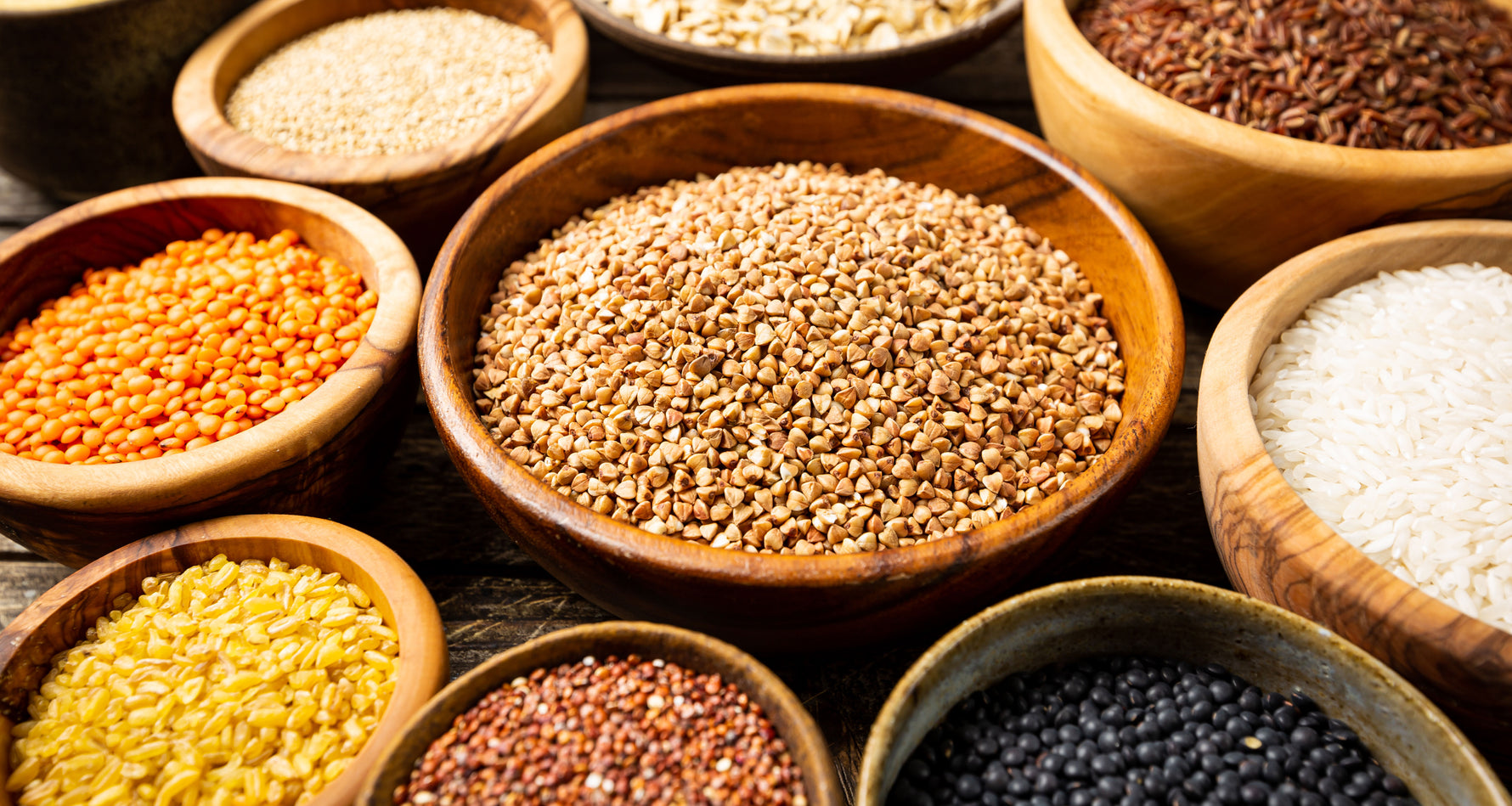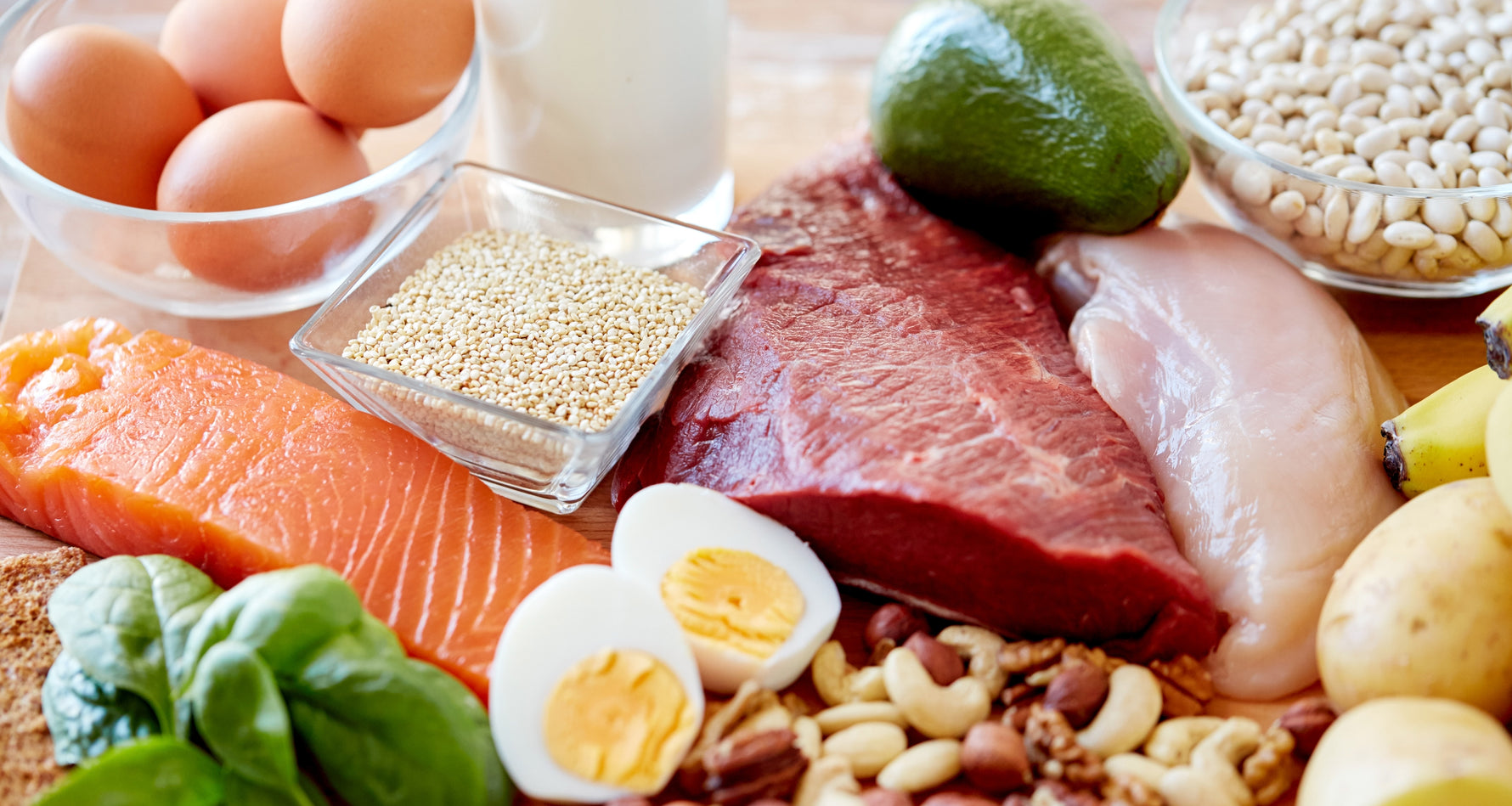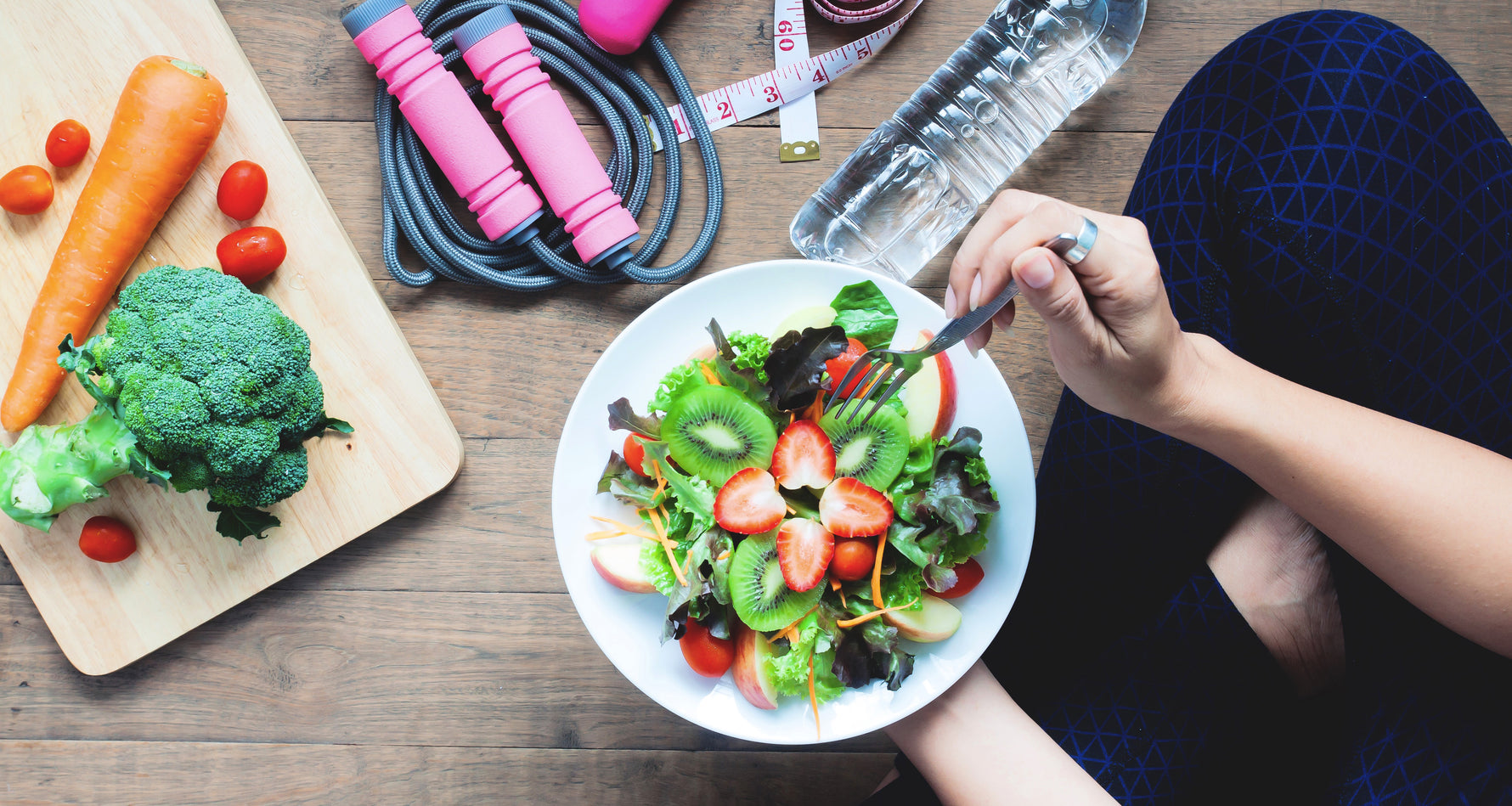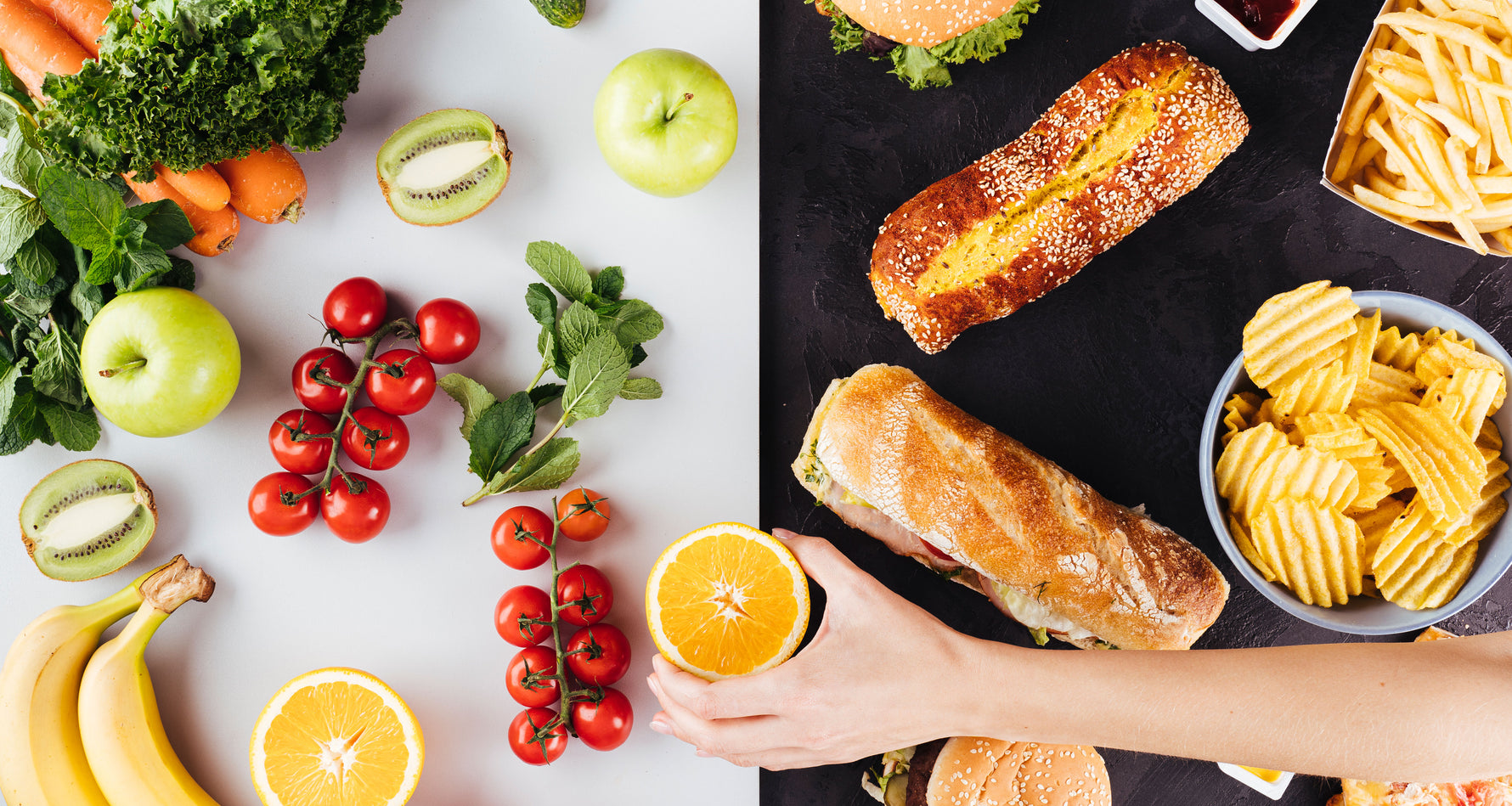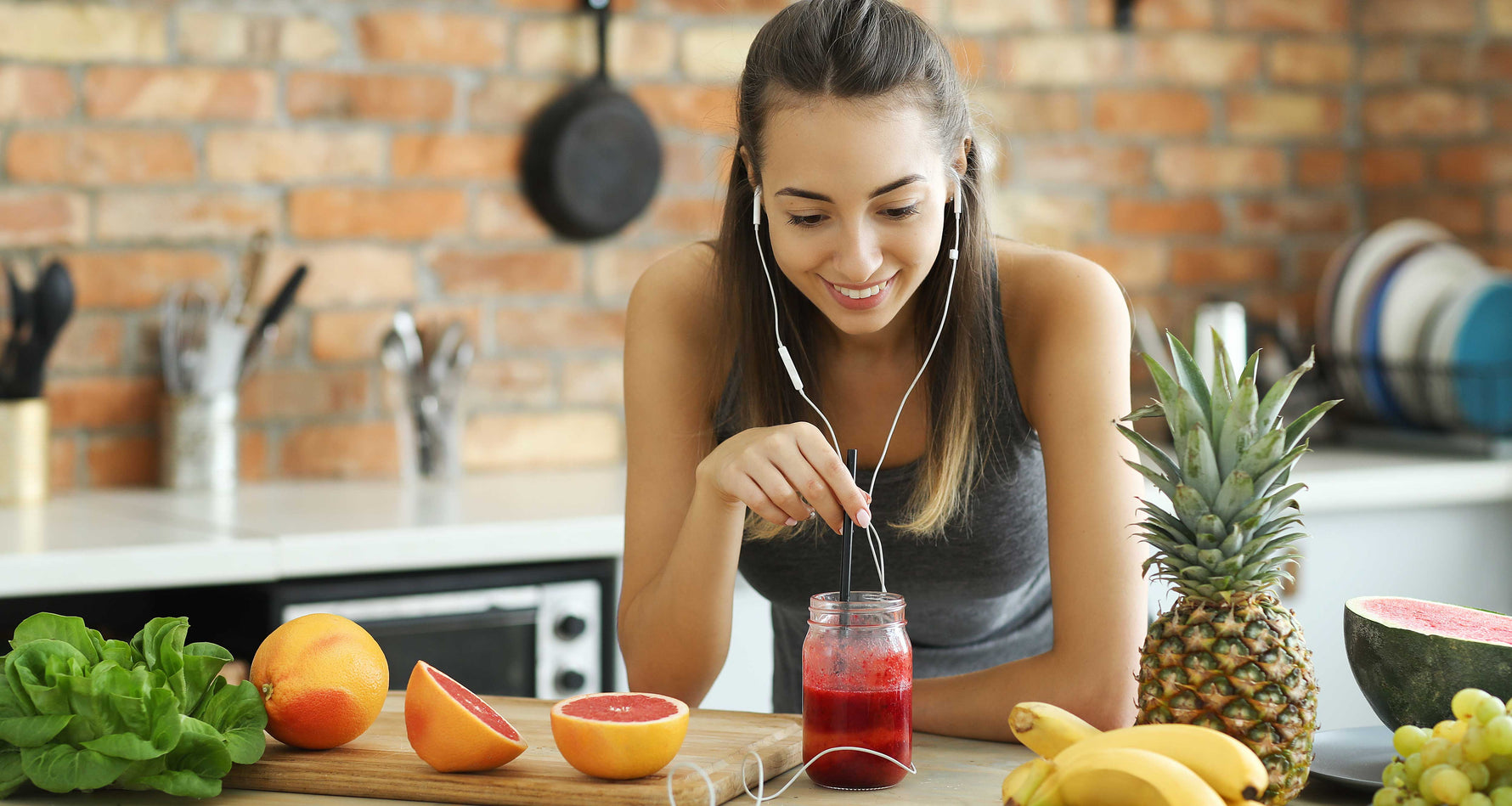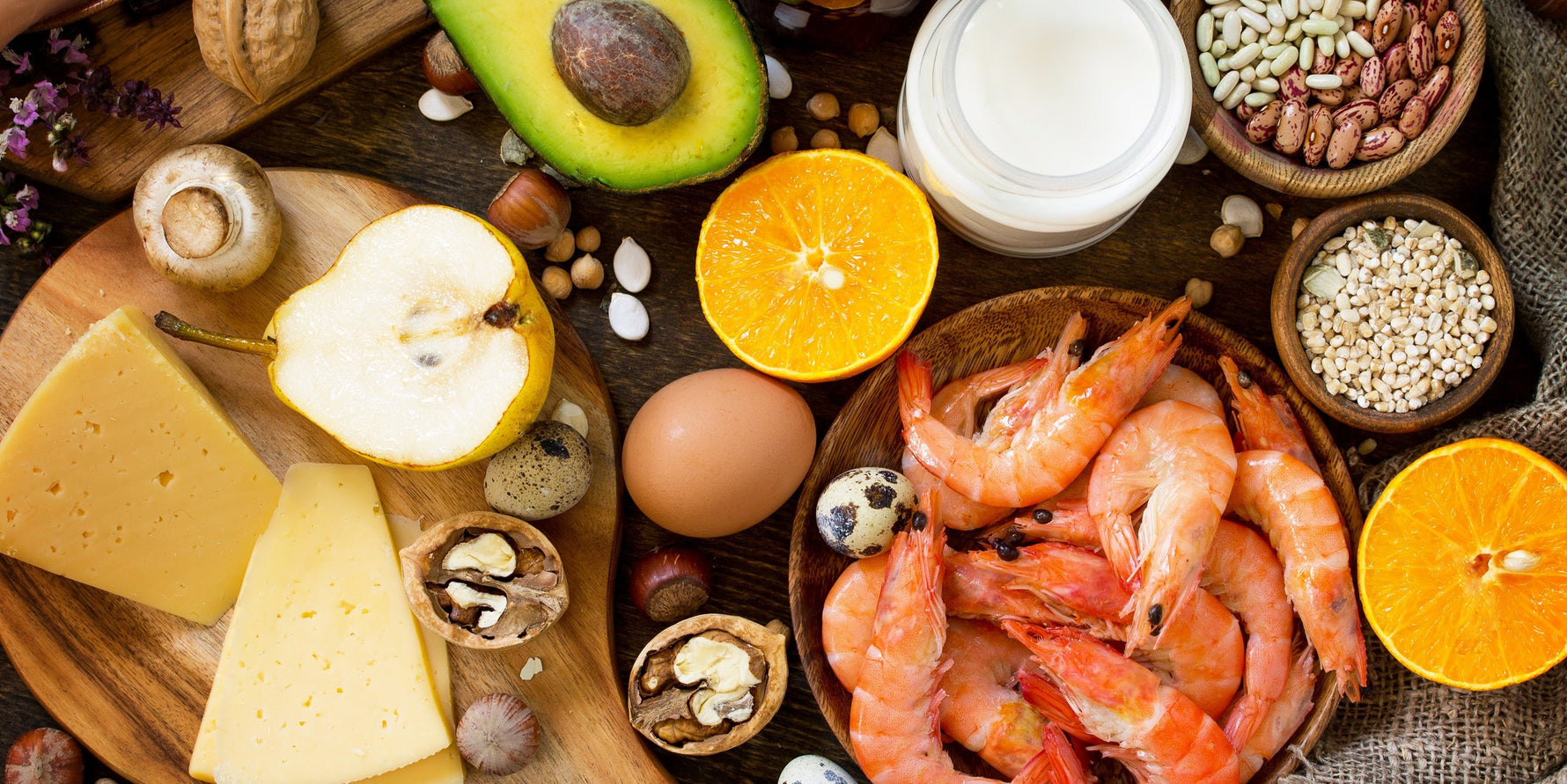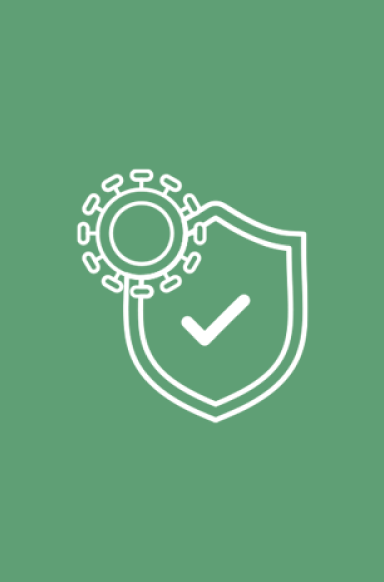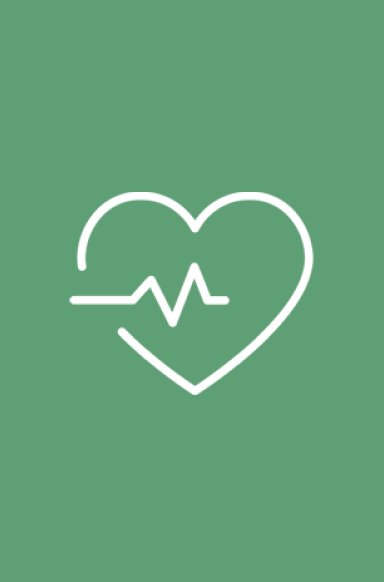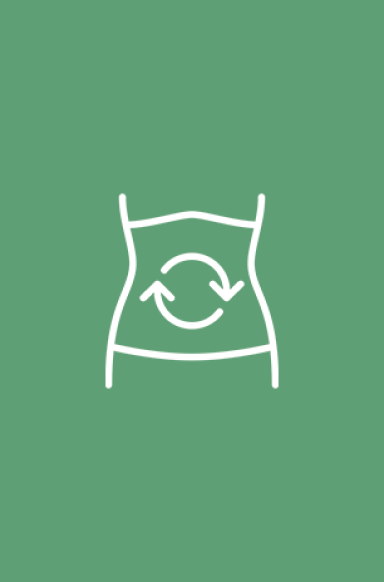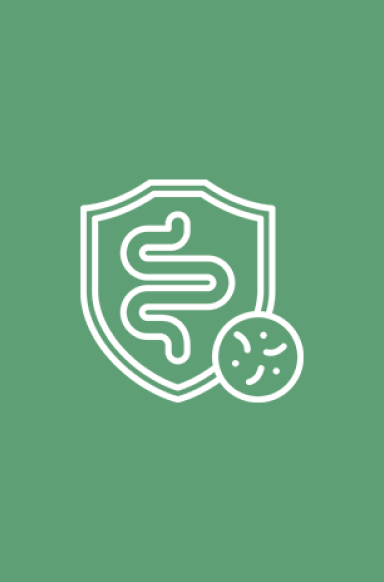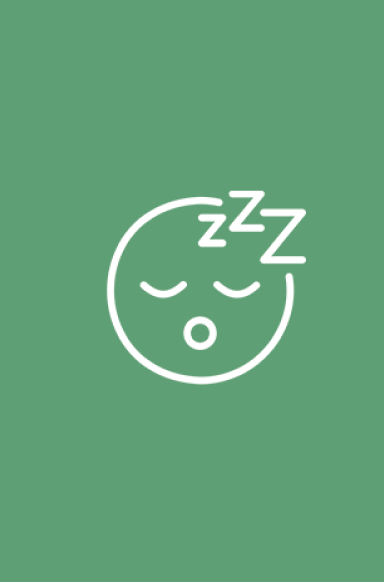Reading Time: 6 minutes
What to Know Before You Decide: Should I Get a Multivitamin With or Without Iron?
If you’ve ever stood in the supplement aisle wondering “should I get a multivitamin with or without iron?”, you’re not alone. The answer depends on several factors — your age, diet, health history, and even gender.
Iron is essential for making hemoglobin, the protein in red blood cells that carries oxygen. It supports metabolism, brain function, and energy levels. But there’s a catch — too much iron can actually harm your body, causing nausea, liver strain, or inflammation.
That’s why choosing the right formula matters. For some, a multivitamin with iron prevents deficiency and boosts vitality. For others, a multivitamin without iron is safer, especially if iron levels are already sufficient.
Understanding the Role of Iron in Multivitamins
Iron helps your cells produce energy and keeps your immune system strong. However, unlike water-soluble vitamins, iron isn’t easily flushed out. Once absorbed, excess iron is stored in your liver, heart, and pancreas — which can eventually cause oxidative stress or organ damage.
Why Some People Need Less Iron
If your diet already includes iron-rich foods like red meat, poultry, spinach, or fortified cereals, you may not need extra iron from supplements. Your body naturally regulates absorption, but supplemental iron can push levels too high.
Symptoms of iron overload may include:
Fatigue or joint pain
Abdominal discomfort
Skin discoloration (bronze or grayish tone)
Abnormal liver function
For those reasons, doctors often recommend an iron-free multivitamin for people who get enough iron from food or who have conditions that cause excess storage.
Who Should Take a Multivitamin Without Iron for Women
The best multivitamin without iron for women depends on age and lifestyle. Women’s iron needs change throughout life, and not all formulas are one-size-fits-all.
1. Post-Menopausal Women
After menopause, menstrual cycles stop — meaning iron loss through bleeding no longer occurs. At this stage, women’s daily iron needs drop from 18 mg to around 8 mg. Continuing high-iron supplements can lead to accumulation. A multivitamin without iron for women over 50 helps maintain balance without digestive distress or toxicity.
2. Women With Iron Storage Disorders
Conditions like hemochromatosis or thalassemia cause the body to store excess iron. Taking iron-containing supplements in these cases can be dangerous. Instead, opt for an iron-free formula rich in vitamins D, B12, magnesium, and antioxidants.
3. Women With Sensitive Stomachs
Iron can irritate the stomach lining, causing nausea or constipation. If you’ve stopped your vitamins because they make you feel bloated or uncomfortable, a multivitamin without iron can help you stay consistent with your supplement routine.
4. Women Following Balanced, Protein-Rich Diets
If your diet already includes animal proteins and leafy greens, you’re likely meeting your iron requirements naturally. In this case, an iron-free multivitamin simply fills other nutritional gaps (vitamin D, B-complex, zinc, etc.) without excess.
When to Take Pregnancy Vitamins Without Iron
While most prenatal vitamins include iron, there are situations where pregnancy vitamins without iron are the right choice.
1. High Iron Levels or Hemochromatosis During Pregnancy
Some women enter pregnancy with elevated ferritin levels or conditions that prevent proper iron metabolism. Taking extra iron in these cases can lead to oxidative stress, which is harmful for both mother and baby.
2. Iron Intolerance or Severe Morning Sickness
Iron can cause nausea or vomiting — symptoms already common during early pregnancy. For women who can’t tolerate iron, an iron-free prenatal vitamin may be prescribed temporarily, paired with dietary iron sources instead.
3. Monitoring Through Blood Work
Pregnant individuals should have their iron levels monitored throughout gestation. If hemoglobin and ferritin levels stay healthy, switching to pregnancy vitamins without iron in later trimesters may prevent overload.
4. Supplementing Iron Through Diet Instead
If you’re eating iron-rich foods like lean meats, beans, and spinach, your doctor might approve an iron-free prenatal. Pairing these foods with vitamin C (from oranges, kiwi, or bell peppers) enhances absorption naturally.
Always consult your OB-GYN before switching to or from iron-free prenatal vitamins. During pregnancy, personalized supplementation is crucial for safety and optimal fetal development.
Who Should Get a Multivitamin With Iron
Not everyone should skip iron — in fact, many people benefit from more of it.
You should consider a multivitamin with iron if you:
Have been diagnosed with iron-deficiency anemia
Are pregnant or breastfeeding and need more oxygen-carrying capacity
Experience heavy menstrual bleeding
Follow a vegan or vegetarian diet low in heme iron (from animal foods)
If you suspect low iron, get tested before starting supplements. Symptoms of deficiency include fatigue, pale skin, dizziness, brittle nails, or shortness of breath.
Health Benefits of Choosing a Multivitamin Without Iron
For people who don’t need extra iron, iron-free formulas come with unique advantages.
1. Reduced Risk of Iron Overload
Excess iron can accumulate silently for years before causing symptoms. Long-term overload may increase the risk of heart disease, liver damage, or oxidative aging. Using a multivitamin without iron for women or men helps maintain safe levels.
2. Gentler on the Digestive System
Iron supplements are a leading cause of constipation, bloating, and nausea. Iron-free multivitamins are much easier on sensitive stomachs and support consistent daily use.
3. Improved Nutrient Absorption
Iron competes with minerals like zinc and calcium for absorption. Removing it from your formula may actually enhance the uptake of other nutrients, improving overall effectiveness.
4. Long-Term Safety
Because iron is stored, excessive intake over time can be harmful. An iron-free multivitamin ensures steady nutrient intake without buildup risks — perfect for long-term daily wellness.
Key Nutrients to Look For in an Iron-Free Multivitamin
When shopping for an iron-free multivitamin, look beyond the label. High-quality formulations should include the following essentials:
Nutrient
Primary Benefit
Vitamin A
Vision, skin health, immune support
Vitamin C
Antioxidant and boosts iron absorption from food
Vitamin D3
Bone density and immune function
Vitamin E
Protects cells from oxidative stress
Vitamin K2
Supports heart and bone health
B-Complex (B6, B12, Folate)
Energy metabolism and mood balance
Magnesium & Calcium
Nerve, muscle, and bone support
Zinc & Selenium
Hormonal balance and thyroid regulation
Choosing a third-party tested product (look for NSF, USP, or GMP certification) ensures ingredient accuracy and purity.
Should I Get a Multivitamin With or Without Iron if I Eat a Balanced Diet?
This is one of the most common questions people ask. If your daily diet includes both plant and animal sources of iron, you likely don’t need additional supplementation.
Iron-Rich Foods Include:
Red meat, chicken, and fish
Lentils, beans, and chickpeas
Spinach, kale, and Swiss chard
Tofu and fortified cereals
Tips for Balanced Iron Intake:
Pair iron-rich meals with vitamin C (oranges, tomatoes, strawberries) to boost absorption.
Limit tea and coffee during meals, as tannins can block iron uptake.
If you already eat meat daily, an iron-free multivitamin likely fits your needs.
Signs You May Need to Adjust Your Iron Intake
Knowing your body’s signals can help you choose wisely between a multivitamin with or without iron.
You Might Need More Iron If:
You feel constantly tired or weak
You have shortness of breath
Your nails become brittle or your skin pale
Blood tests show low hemoglobin or ferritin
You Might Need Less Iron If:
You experience constipation from supplements
You have post-menopausal hormonal changes
Your bloodwork shows high ferritin or liver enzyme levels
You have a family history of iron-storage conditions
If you’re unsure, talk to your doctor about a CBC and ferritin test before changing supplements.
Choosing the Best Multivitamin Without Iron for Women
When selecting the right supplement, consider the following:
Age and Life Stage: Women over 50 or post-menopausal should look for “iron-free” or “silver” formulas.
Clean Ingredients: Choose vitamins free from artificial colors and unnecessary fillers.
Bioavailable Nutrients: Look for methylated B vitamins, vitamin D3, and chelated minerals for better absorption.
Daily Consistency: Stick to a brand that fits your routine—chewables, melts, or capsules all work as long as you’re consistent.
A great multivitamin without iron for women supports bone health, mood, and immunity without the bloating or constipation that iron sometimes causes.
Key Takeaways
If you’ve ever asked yourself “Should I get a multivitamin with or without iron?”, the answer depends on your age, diet, and lab results.
Pregnancy vitamins without iron are suitable only when medically necessary.
A multivitamin without iron for women is ideal for post-menopausal individuals or those with iron sensitivity.
Iron-free formulas are gentler on digestion, safer long-term, and allow better absorption of other nutrients.
Always get tested before adding or removing iron from your supplement regimen.
Final Summary
So, should you get a multivitamin with or without iron?If you’re a post-menopausal woman, man over 50, or anyone who experiences stomach issues from iron, the best option is a multivitamin without iron.If you’re pregnant, anemic, or following a vegan diet, you likely need a formula with iron — unless your doctor says otherwise.
Ultimately, the goal is balance: get the right nutrients for your stage of life, and let bloodwork—not guesswork—guide your choice.

